In the following graphs, the velocity of linearly moving body is against its time of travel. Analyse each of the given graphs and disecus the type of motion of the body
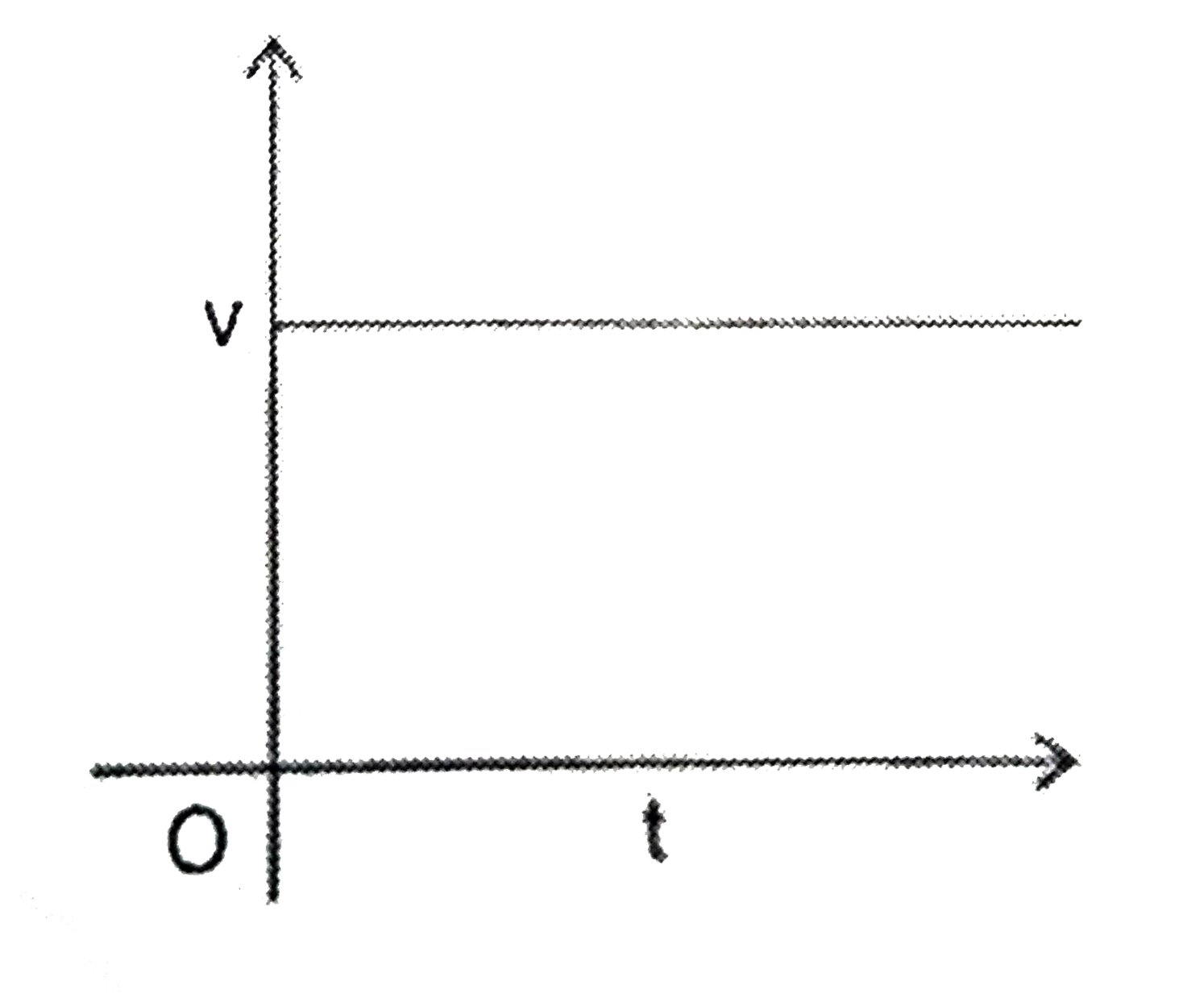
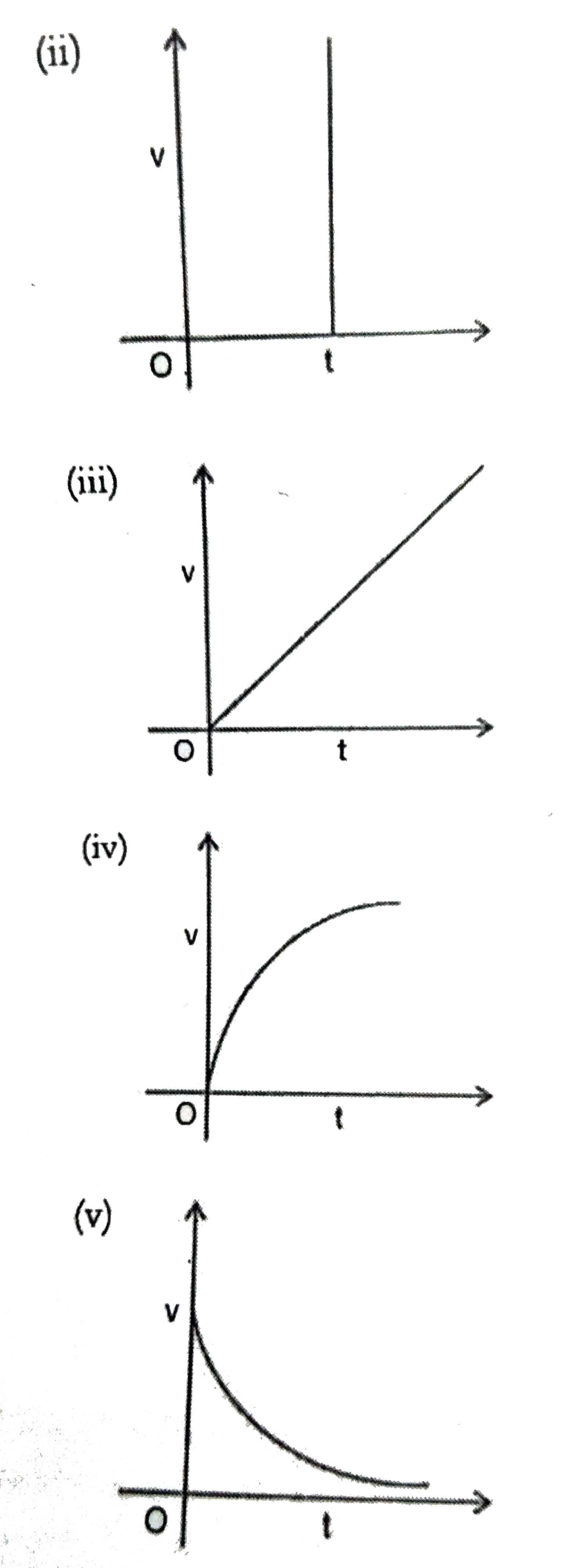
Find how the velocity of a body changes with time.
Is the body accelerated or decelerated?
If a=v−ut is positive, what does it mean?
Similar Questions
In the following graphs, the velocity of linearly moving body is against its time of travel. Analyse each of the given graphs and disecus the type of motion of the body


View SolutionIn the following graphs, the velocity of linearly moving body is against its time of travel. Analyse each of the given graphs and disecus the type of motion of the body


View Solution
Knowledge Check
In the following graph, distance travelled by the body in metres is
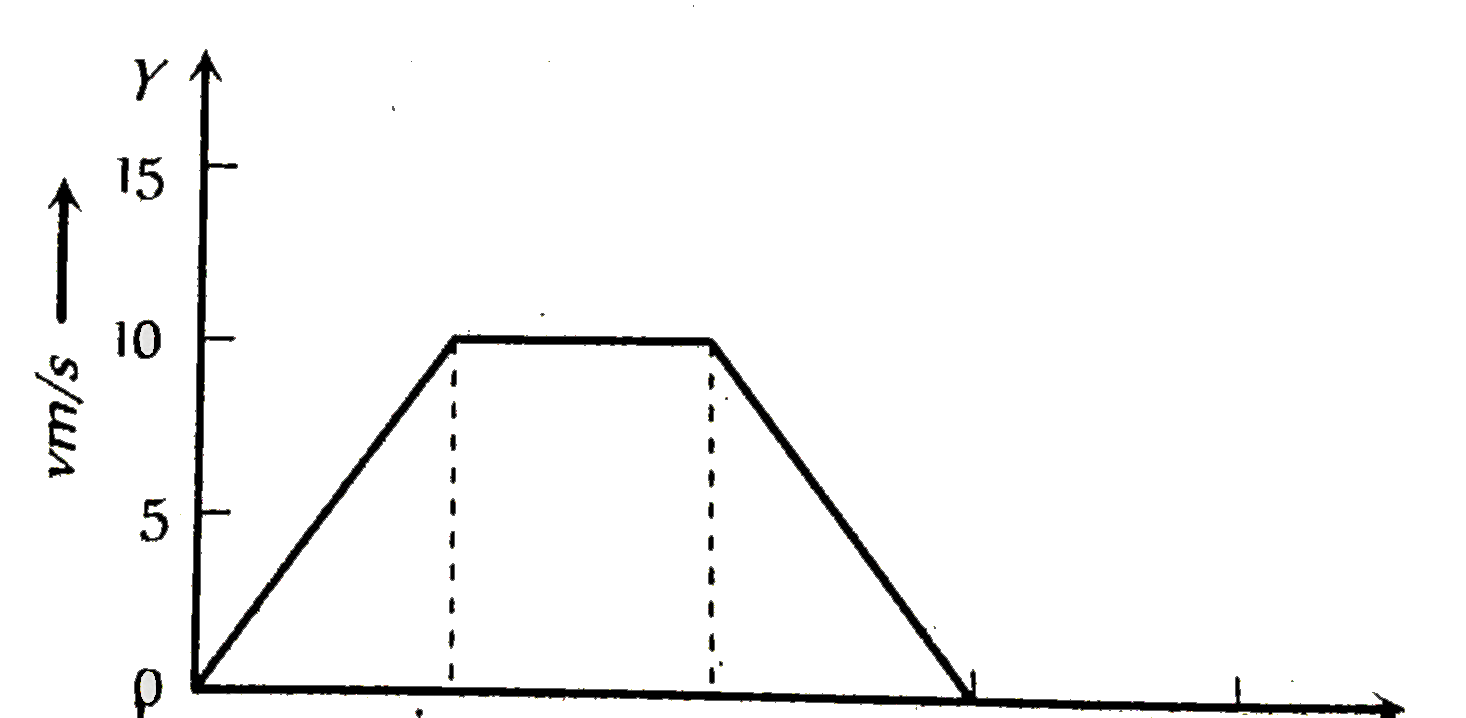 A200B250C300D400
A200B250C300D400From the following displacement-time graph find out the velocity of a moving body
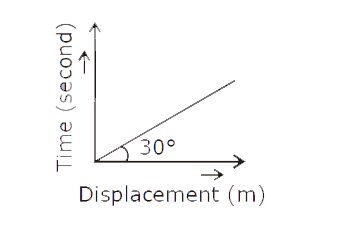 A1√3m/sB3 m/sC√3 m/sD13 m/s
A1√3m/sB3 m/sC√3 m/sD13 m/sFrom the following displacement-time graph find out the velocity of a moving body.
 A1√3m/sB3m/sC√3m/sD13m/s
A1√3m/sB3m/sC√3m/sD13m/s
In the following graphs, the velocity of linearly moving body is against its time of travel. Analyse each of the given graphs and disecus the type of motion of the body


View SolutionIn the following graphs, the velocity of linearly moving body is against its time of travel. Analyse each of the given graphs and disecus the type of motion of the body


View SolutionIn the following graphs, the velocity of linearly moving body is against its time of travel. Analyse each of the given graphs and disecus the type of motion of the body


View SolutionIf the displacement-time graph of a body is a straight line parallel to the time axis, what is the nature of motion of the body?
View SolutionThe following figure shows the velocity time graph of a body. According to this at the point B-
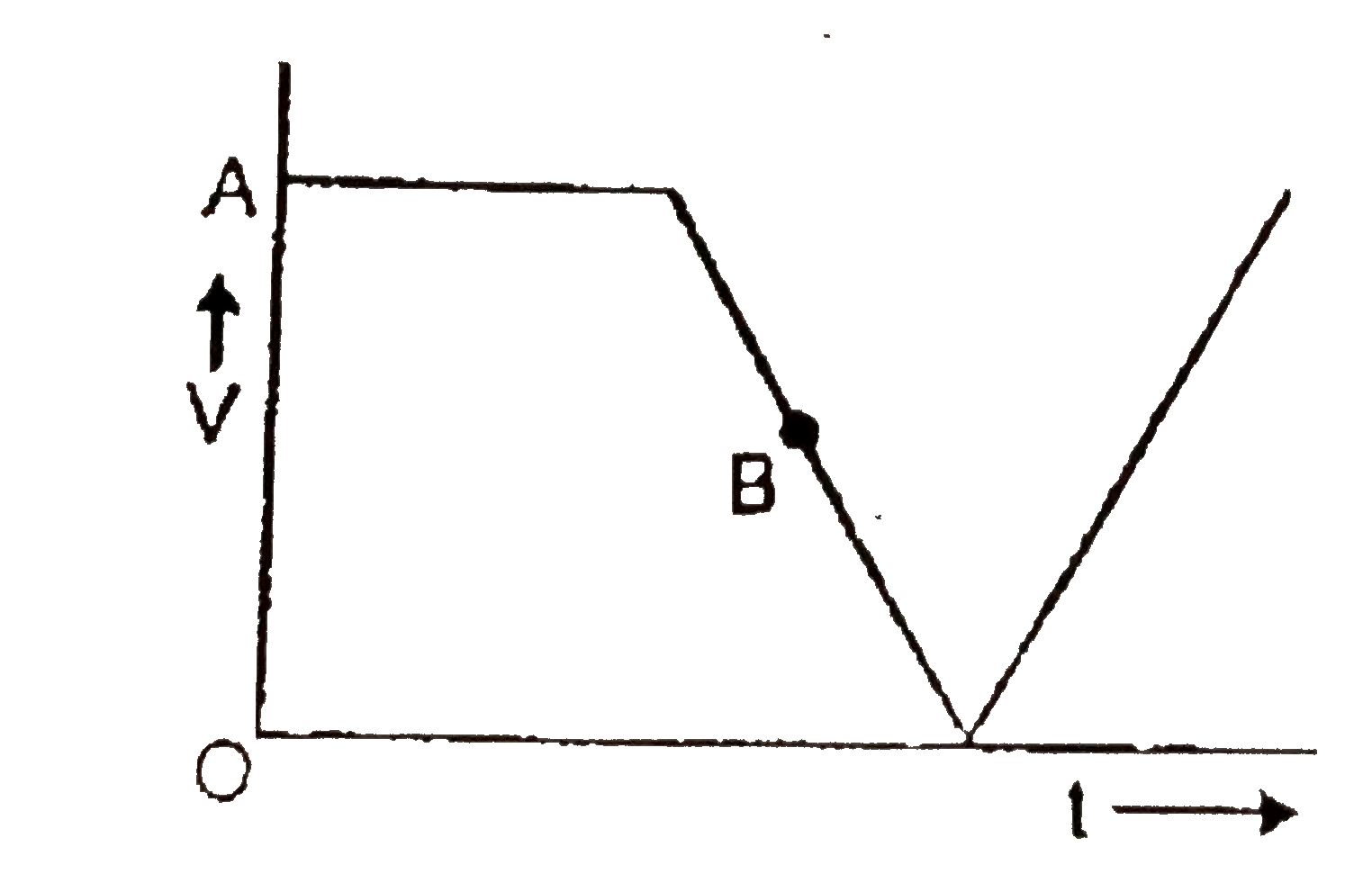
View Solution
